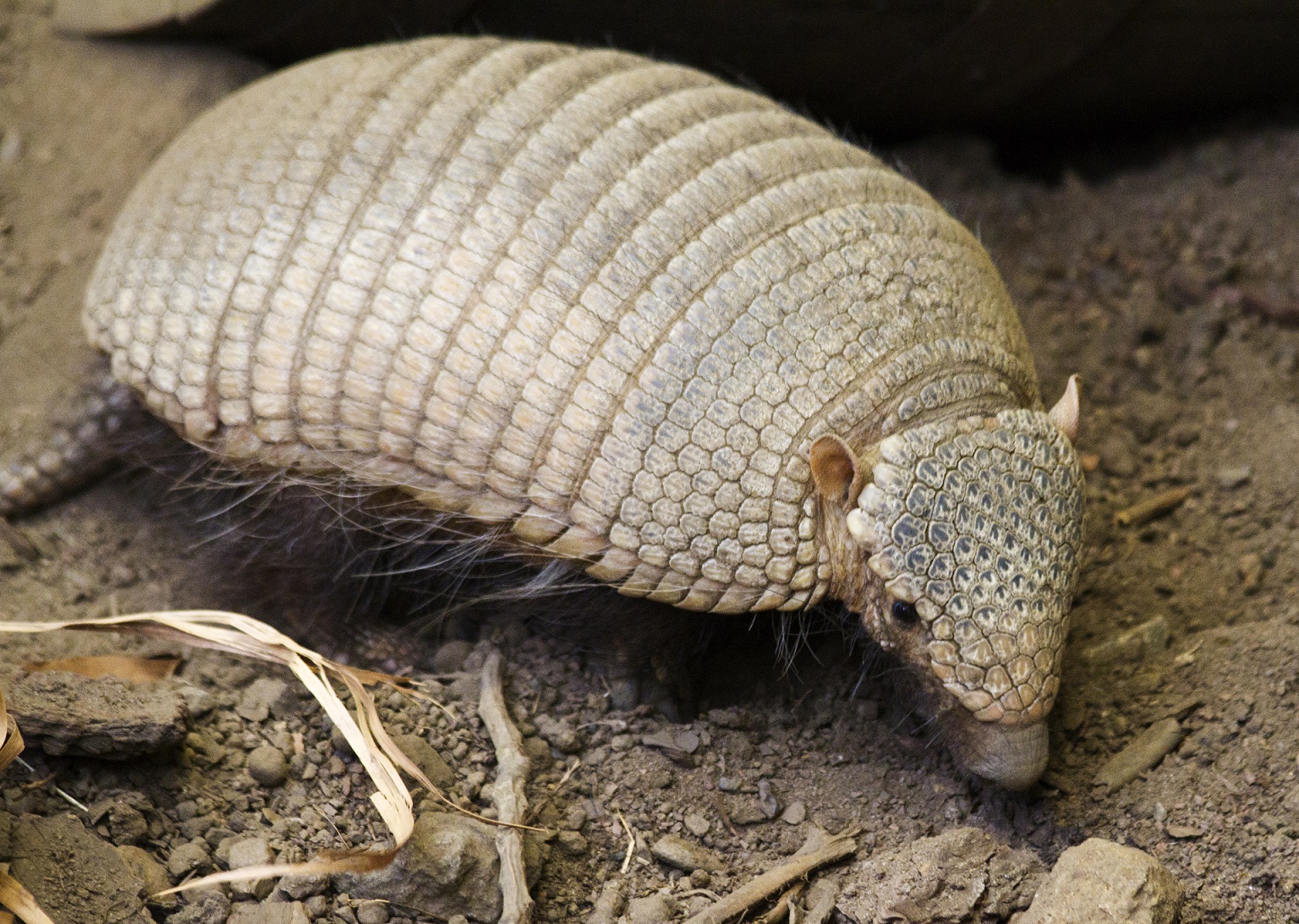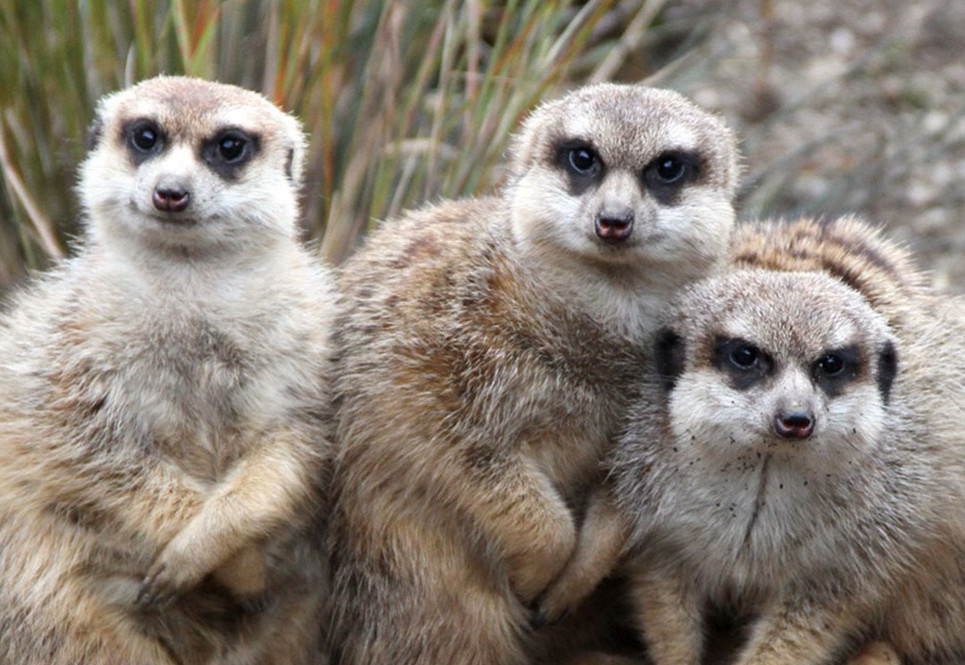Large hairy armadillo
Chaetophractus villosus

We currently have five large hairy armadillos – Diogo, Nymeria, Wyatt, Tormund and Brienne.
Population
Stable
Diet
Omnivore
Habitat
Grasslands
Fact file
Large hairy armadillos can grow up to 34cm in size
Large hairy armadillos have special membranes in their nose allowing them to breathe underground without inhaling soil
Their head and body are covered with protective bony plates. The plates on their back are flexible although they do provide a very protective coating against their natural predators
This species are more hairy than other armadillo species, with its underside densely covered in hairs which project from their bony plates
/icas.jpg)
How we're helping
As part of our work with Wild Animal Conservation Institute (ICAS), we are supporting Dr Arnaud Desbiez and his team to investigate the ecology and biology of giant armadillos using radio transmitters, camera traps, burrow surveys, resource monitoring, mapping and interview local people. The species is now an indicator for the creation of protected areas in the state of Mato Grosso do Sul.
Like all the animals in our care our large hairy armadillos are amazing ambassadors for their relatives in the wild and help hundreds of thousands of people connect with nature every year. They encourage visitors to learn about the threats facing wildlife and the action they can take to help create a world where nature is protected, valued and loved.
As a wildlife conservation charity, we care for the animals here at the zoo and work to protect species at risk around the world. From providing expertise in genetics and veterinary health, to protecting wild places with local conservation partners, and even restoring threatened species to the wild, we are active where we are needed most.
Find out more about our work in Brazil
